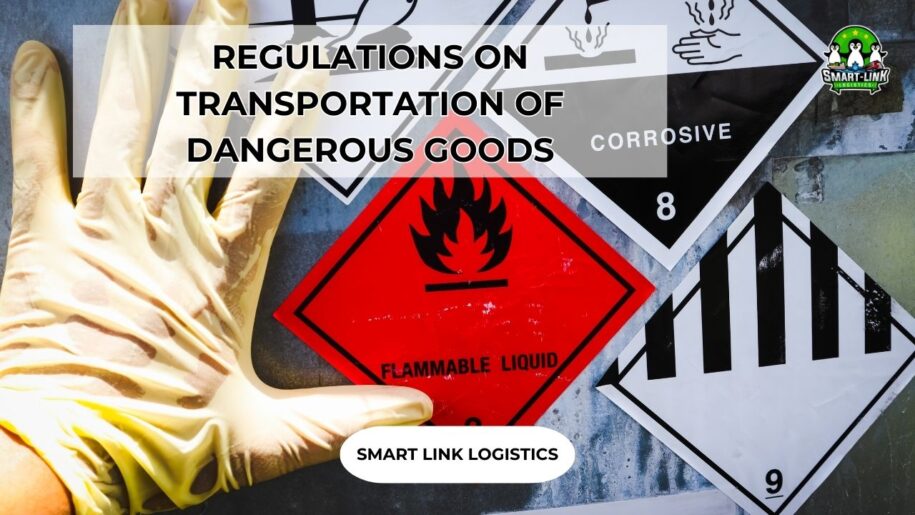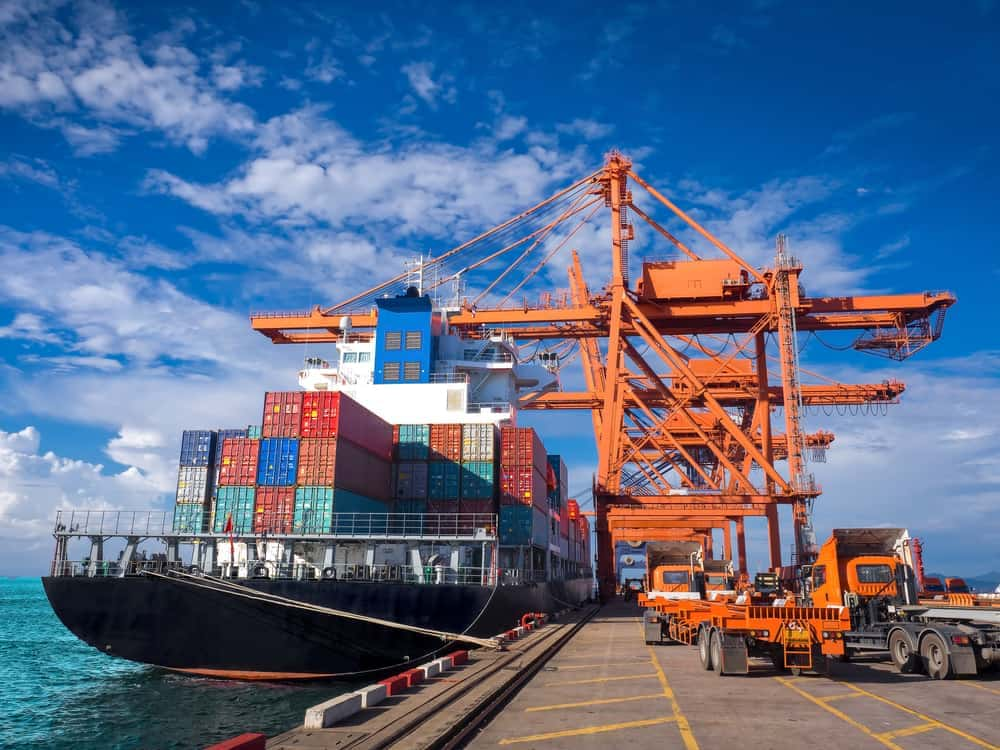
REGULATIONS ON TRANSPORTATION OF DANGEROUS GOODS
On March 31, 2024, the Government issued Decree No. 34/2024/NĐ-CP detailing the list of dangerous goods and the regulations on transportation of dangerous goods by road and inland waterways.
Dangerous Goods
Also known as DG, these are products that contain hazardous materials capable of posing risks to human health, the environment, safety, and security when transported by road or water.
Transporting DG requires a clear understanding of the characteristics of the goods and the special precautions necessary for such shipments.

Classification of Dangerous Goods – Regulations on transportation of dangerous goods
Dangerous goods are classified into 9 main categories based on their chemical and physical properties, including explosives, gasses, flammable liquids, flammable solids, oxidizing substances, toxic substances, radioactive materials, corrosive substances, and other dangerous materials.
For example:
- Category 1: Explosives, ranging from items with a broad explosion risk to those with a minimal explosion risk.
- Category 2: Gases, classified into flammable, non-flammable, and toxic gases.
- Category 3: Flammable liquids.
Conditions for Transporting Dangerous Goods by Road
- Drivers and relevant personnel must have certificates of completion for training on the safe handling of dangerous goods.
- Vehicles must meet technical standards and display DG symbols. After completing the transportation, vehicles must be cleaned and the DG symbols removed.
Conditions for Transporting Dangerous Goods by Inland Waterways
- Crew members and staff must hold professional certifications and have undergone safety training.
- Transport vessels must display DG symbols and be cleaned after completing the transportation.
Loading, Unloading, and Warehousing
The loading and unloading process must adhere to safety regulations and should not mix goods that pose a hazard when combined. The warehouse area must be cleaned once the dangerous goods have been removed.
Responsibilities of the Transport Service Provider
- Arrange suitable transport vehicles for the type of goods being carried.
- Inspect the safety status of the goods before transportation in accordance with regulations.
- Comply with all notifications from the contracting party and the regulations stated in the Permit for Dangerous Goods Transportation.
- Correctly label and display the appropriate DG symbols corresponding to the type and class of goods being transported.
- After unloading the DG, if no further DG transportation is required, the vehicle must be cleaned, and the dangerous symbols must be removed or peeled off.
- Transport dangerous goods only when there is a valid transportation permit for goods that require such a permit and ensure that the dangerous symbols and warnings are displayed in compliance with regulations.
- Ensure that goods are transported only when all valid documents and packaging are properly prepared and safe.
- When transporting flammable or self-igniting substances, liquid or solid explosives, under bridges, through tunnels under 100 meters, or construction sites, the transport must follow the guidance of the managing unit.
- For the transport of petroleum on inland waterways, an oil spill response plan must be in place.
- Ensure that vehicle operators are trained in the safe transport of dangerous goods or hire a certified organization to provide such training.
Conclusion
Regulations on transportation of dangerous goods require permits, except for certain cases where exemptions apply, but fire safety regulations must still be followed. If you need support with import-export services, contact SmartLink for detailed and professional consultation! With over 13 years of experience, we are committed to providing professional services and partnering with businesses on their journey to reach global markets.
Hotline: + 84 935 766 039 to know more about our services

If you require assistance with international import and export of goods, please contact our team at Smartlink Logistics. We are available to provide you with professional guidance on our services and the necessary customs procedures.
SMART LINK: BEST SERVICE BEST YOU


































